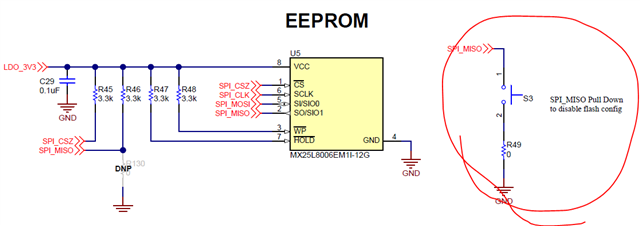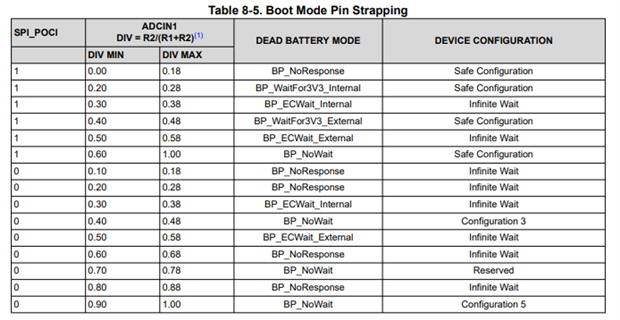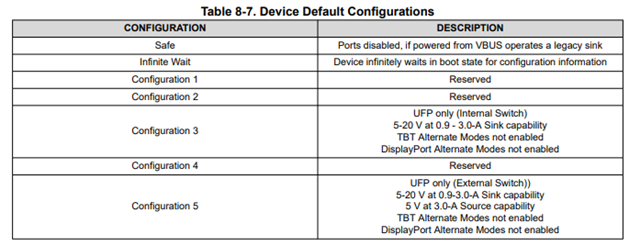Other Parts Discussed in Thread: TPS65988, TPS65987, TPS65987D
Tool/software:
Hi
I'm designing a USB PD application board with TPS65987DDK.
Is it possible to program FW into an empty flash via I2C2 of TPS65987DDK from external CPU?
I referred to the document "TPS65987 and TPS65988 SPI Flash Firmware Update Over I2C", but I'm facing 0x2D PatchHeaderErr and cannot proceed next steps.




